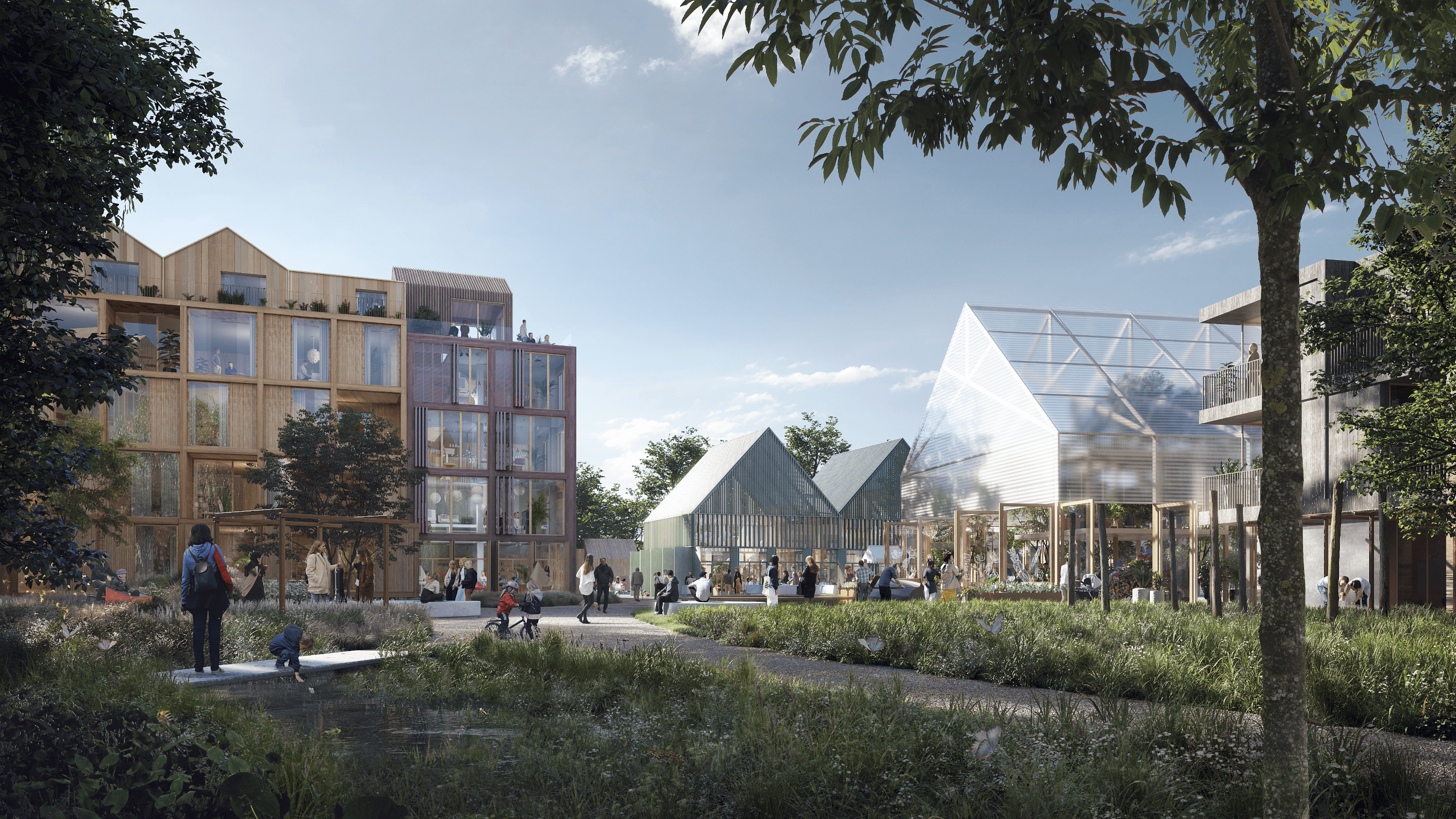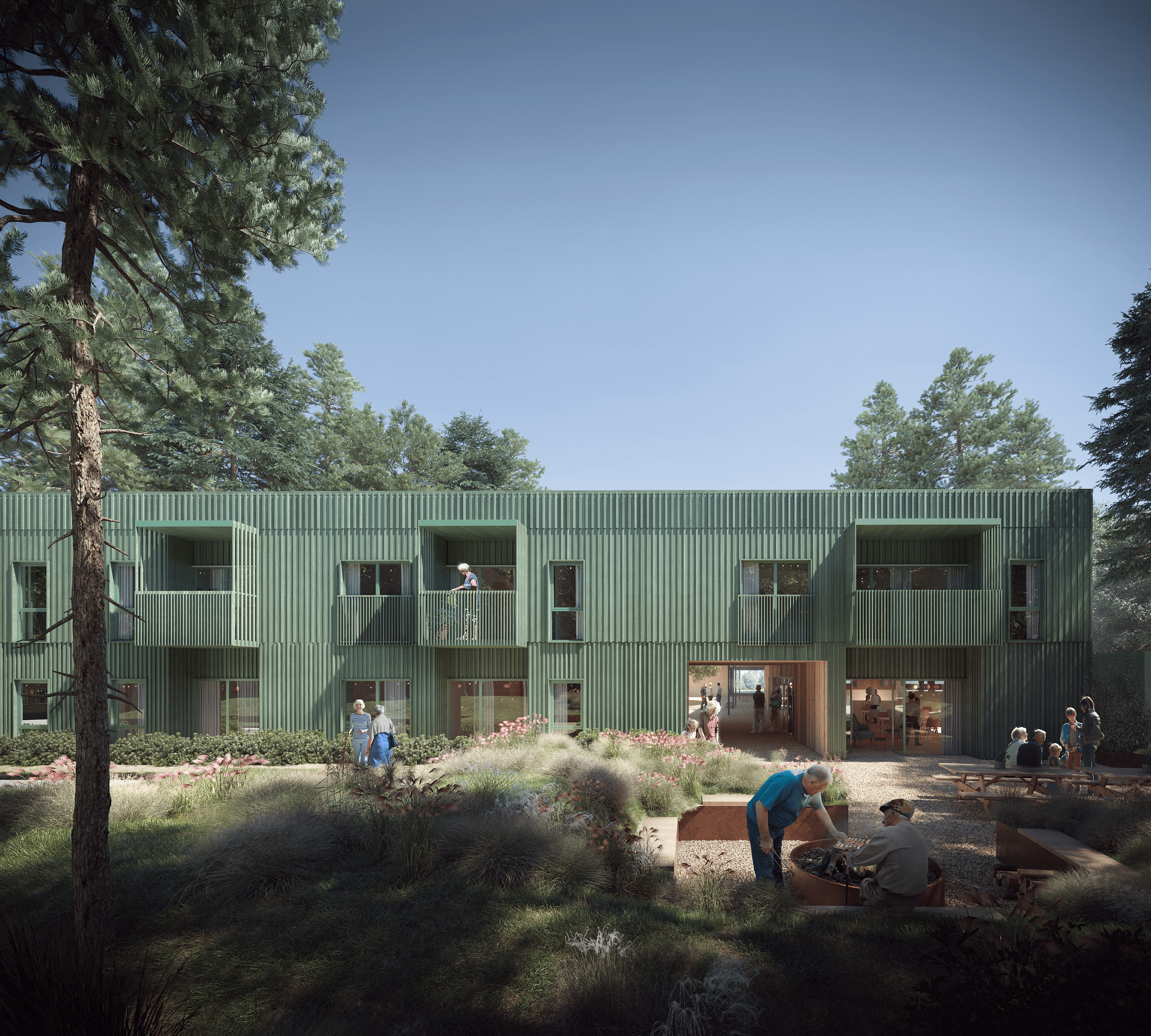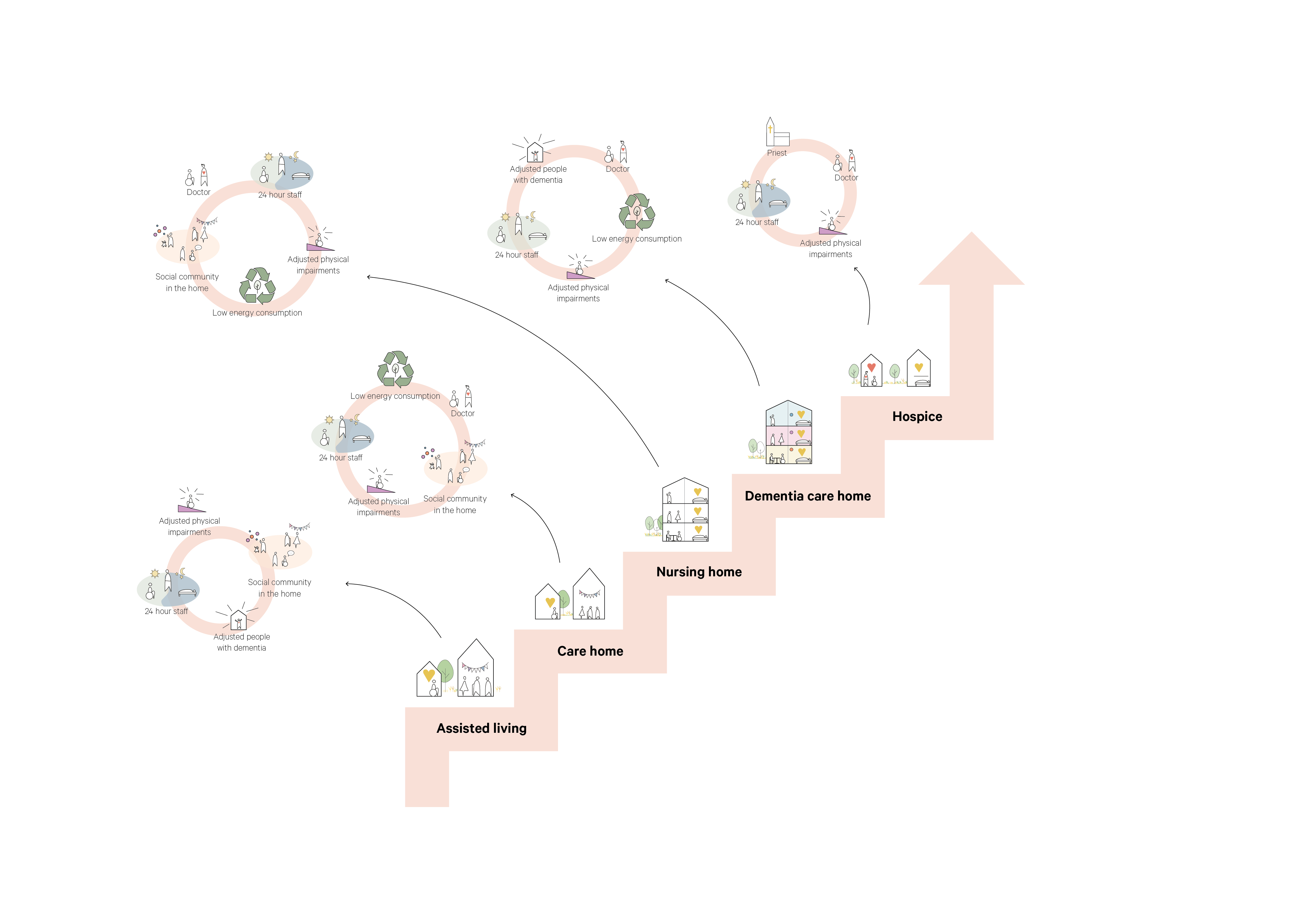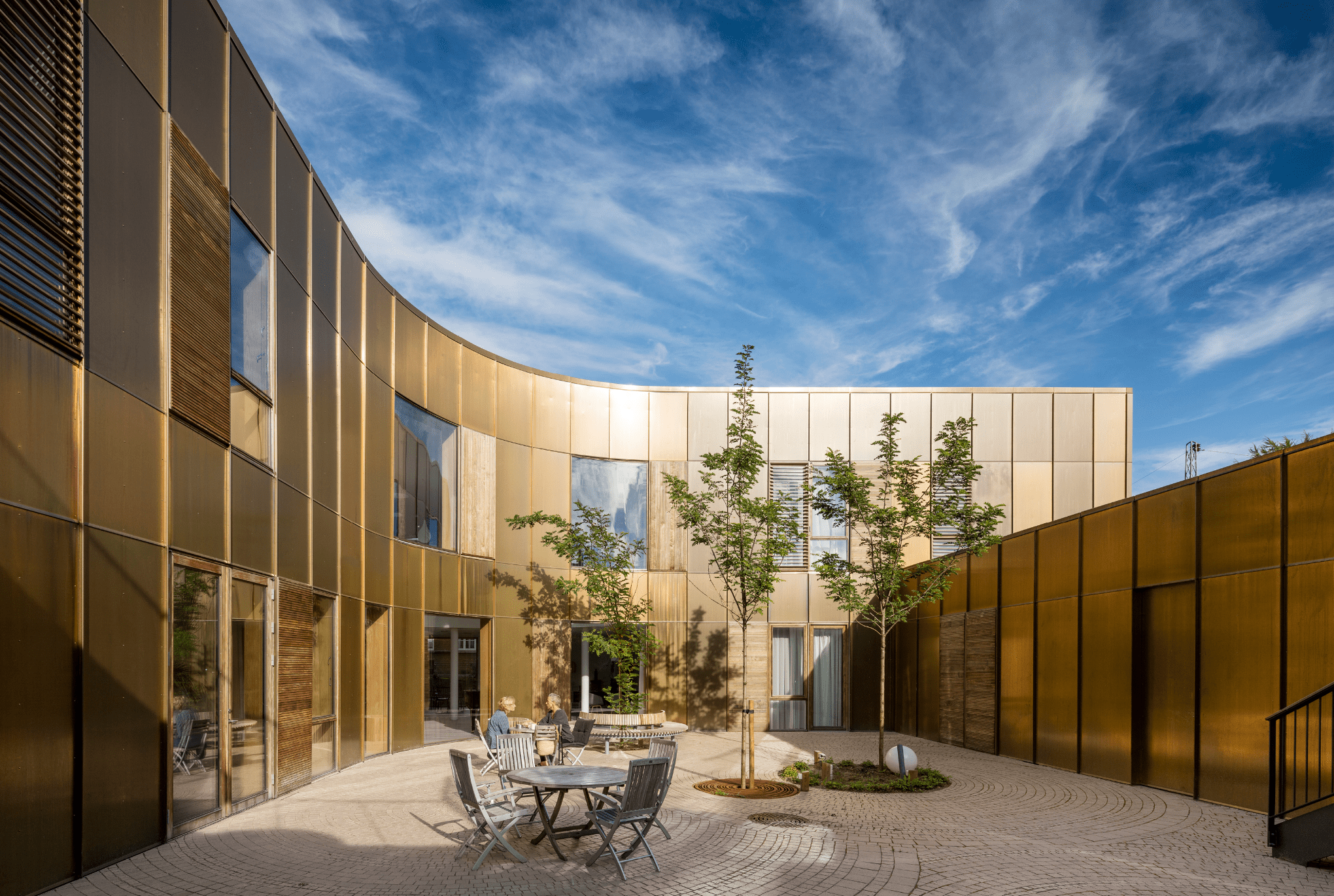We can address a significant part of the demographic crisis by planning cities and housing that accommodate the growing group of elderly and dementia patients. The Healthy Ageing Ladder illustrates how we can create mixed neighborhoods that also include the elderly with diverse needs. Using the ladder as a tool, one can juxtapose the interaction between housing needs, levels of coping, care requirements, and life opportunities, where welfare services and care needs are compared to the differentiated housing forms and typologies.
The ladder illustrates that care can be scaled at a more individual level, which can both delay the need for care, improve quality of life, and result in using fewer resources. We can promote health in cities and in residential life by making room for more neighborhoods across life stages, fostering new relationships and communities in close residential environments with outdoor spaces and carefully designed common areas.
We are missing diversity in housing that accommodate the new patterns of life, which would provide the option for the elderly to live in communities with high quality of life, social activities, and health environments.
Therefore, NORD Architects has developed a new tool, The Healthy Ageing Ladder, which highlights the necessity for more housing typologies that match the large and growing group of elderly people. The Housing Lader paves the way for age-integrated cities with a wide range of housing options.
The Healthy Ageing Ladder is an operational tool that can contribute to rethinking diverse housing typologies for seniors with different lifestyles, care needs and cognitive abilities. The ladder illustrates how greater diversity in housing types can create a higher degree of housing mobility- and flexibility that supports the life stage we are in.
With a range of housing types such as senior residencies, transition homes, co-housing communities, multigenerational homes, and assisted living integrated with other housing forms – such as housing for students, singles, families – we can create vibrant cities with active communities thriving across generations.
The group of active and resourceful seniors aged 65 and over has increased by 30 % over the last 10 years.
This means that a significant number of active seniors will demand new types of housing, services, and communities, while another large group of seniors will experience increased care needs.

With mixed and age-integrated cities, we can create greater diversity in housing types and a higher degree of housing mobility and flexibility. We can utilize the variety of housing options and tailor them to the specific care needs of the elderly as they enter a new phase of life. By incorporating various housing options such as senior residencies, transitional housing, co-living communities, multi-generational homes, and care facilities, alongside other housing forms catering to students, singles, families, we can establish vibrant cities with active communities spanning across generations.
Through age-integrated urban development, where viable frameworks are established for active seniors, people with dementia, families in different forms, children and young people, we can pave the way for new healthy patterns of life within cities, incorporating mixed typologies across our welfare institutions, housing, and urban spaces. The goal is to create sustainable neighborhoods that can help postpone the care needs of the elderly.
Future housing and care homes need to align with the diversity of life possibilities for the large group of elderly with varying cognitive and physical abilities.

The demographic crisis requires us to develop health-promoting cities and housing – thereby also postponing the care needs of the elderly. Age-integrated initiatives can delay care needs through a diverse range of housing options, integrated preventive interventions, facilities for rehabilitation, physical activity, and social communities that support mental health, counteract loneliness, and foster inclusion.
We need to be able to offer age-adapted housing, urban spaces, and services for all stages of life and coping – from the early cognitive and physical decline to the more demanding stages of dementia. We must rethink the physical aspects of care architecture, renew care homes and housing typologies, so the elderly can remain in their own homes for longer, and thereby also alleviate pressure on the welfare system.
The Healthy Ageing Ladder highlights the need for increased diversity in housing types and specialised institutions for the elderly and people with dementia.

NORD Architects has designed and built innovative health care buildings, multigenerational homes, and dementia villages in several countries.
